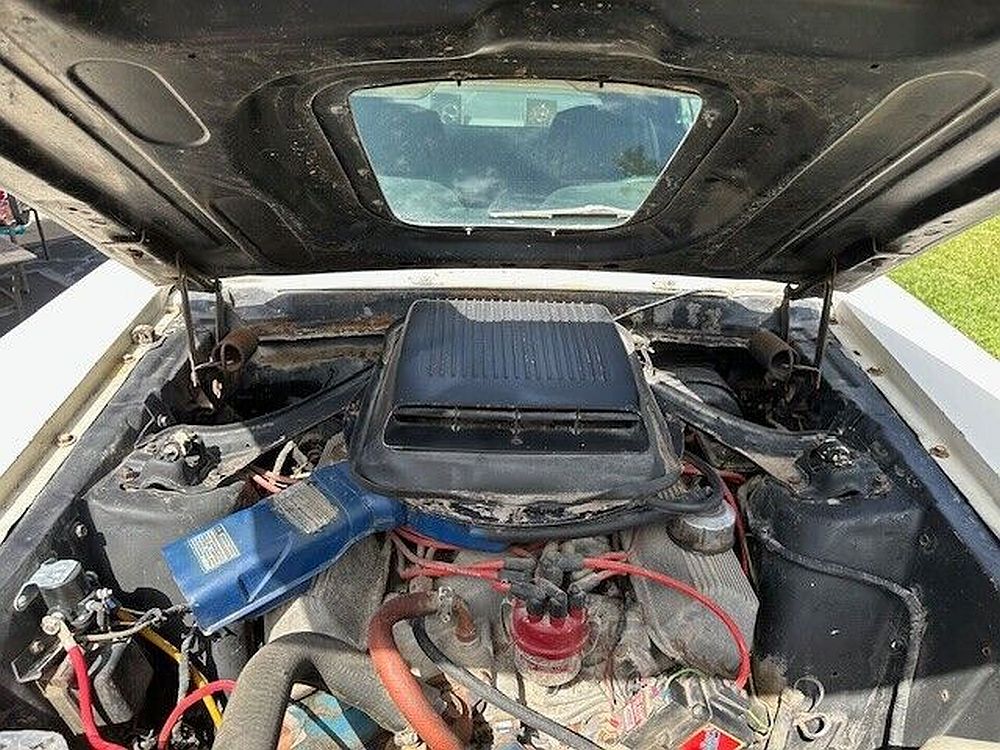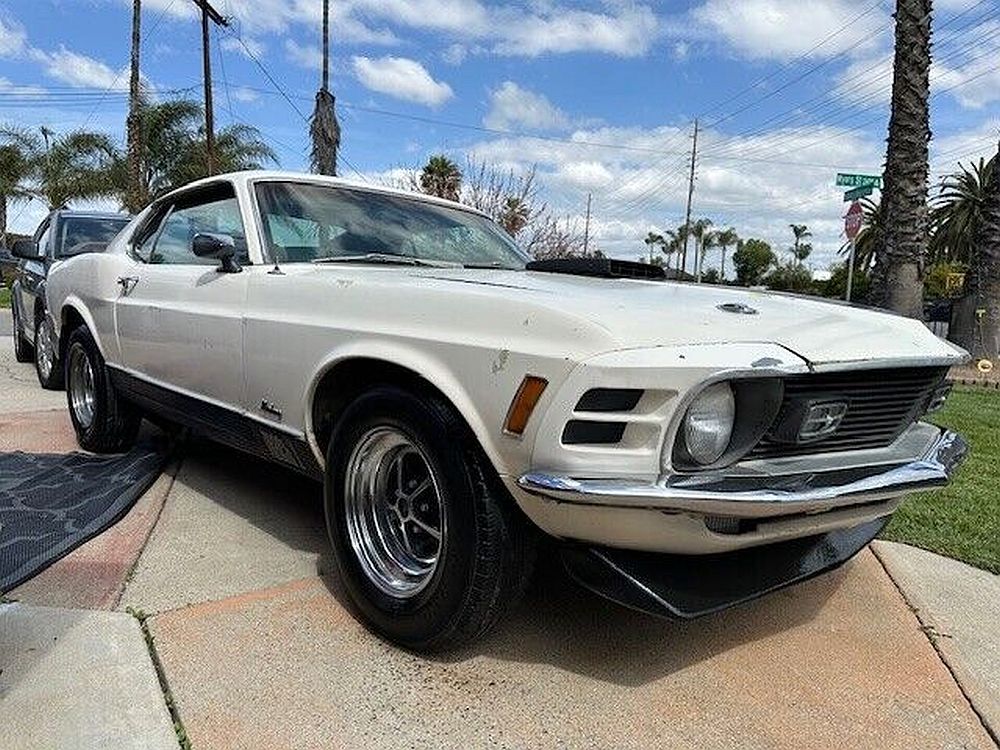The journey of the first-generation Ford Mustang, spanning over nine years, witnessed significant redesigns across four distinct eras: 1964-1966, 1967-1968, 1969-1970, and 1971-1973. Notably, Ford introduced significant changes in 1967, 1969, and 1971, with the 1970 version standing out for its distinctive front fascia.
While the exterior similarities between the 1969 and 1970 Mustangs are evident from the side and rear, the front end underwent a notable transformation. Ford reverted to a single headlamp layout, positioning them inside the grille, accompanied by horizontal fins on the exterior.

Speculations suggest that Ford’s redesign aimed to soften the Mustang’s aggressive stance amidst declining sales figures. Despite selling 299,824 units in 1969, a 5.5% decline from the previous year, Mustang faced a significant 36.4% drop in deliveries in 1970, falling below the 200,000-unit mark for the first time since its inception.
Yet, amidst criticisms, enthusiasts admire the distinctive features of the 1970 Mustang, especially those seeking restoration projects. Notably, a recently discovered barn-find example boasts originality, including the revered R-code 428-cubic-inch Cobra Jet V8 engine, a rarity among Mustangs of that era.
This survivor exemplifies the prowess of Ford’s powerhouse, delivering 335 horsepower and 440 pound-feet (597 Nm) of torque, with only 3,489 examples sold in 1970. Despite decades of dormancy, the rust-free California-based Mustang offers a compelling restoration opportunity, echoing its iconic heritage and potential for appreciation in the collector’s market.

